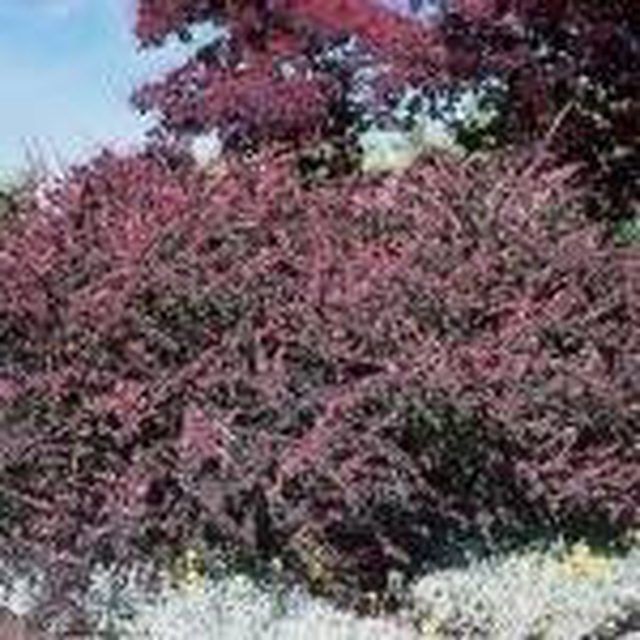Bulbs
Flower Basics
Flower Beds & Specialty Gardens
Flower Garden
Garden Furniture
Garden Gnomes
Garden Seeds
Garden Sheds
Garden Statues
Garden Tools & Supplies
Gardening Basics
Green & Organic
Groundcovers & Vines
Growing Annuals
Growing Basil
Growing Beans
Growing Berries
Growing Blueberries
Growing Cactus
Growing Corn
Growing Cotton
Growing Edibles
Growing Flowers
Growing Garlic
Growing Grapes
Growing Grass
Growing Herbs
Growing Jasmine
Growing Mint
Growing Mushrooms
Orchids
Growing Peanuts
Growing Perennials
Growing Plants
Growing Rosemary
Growing Roses
Growing Strawberries
Growing Sunflowers
Growing Thyme
Growing Tomatoes
Growing Tulips
Growing Vegetables
Herb Basics
Herb Garden
Indoor Growing
Landscaping Basics
Landscaping Patios
Landscaping Plants
Landscaping Shrubs
Landscaping Trees
Landscaping Walks & Pathways
Lawn Basics
Lawn Maintenance
Lawn Mowers
Lawn Ornaments
Lawn Planting
Lawn Tools
Outdoor Growing
Overall Landscape Planning
Pests, Weeds & Problems
Plant Basics
Rock Garden
Rose Garden
Shrubs
Soil
Specialty Gardens
Trees
Vegetable Garden
Yard Maintenance
How Does a Barberry Bush Grow?
How Does a Barberry Bush Grow?. Barberry is a hardy shrub that grows slowly and steadily even in extreme climate and soil conditions. Armed with thorns and reaching a height of up 10 feet, barberry bushes produce clusters of yellow flowers and a multitude of red berries, which are about 1/2-inch in length with a curved oblong shape. About 90...

Slow and Steady
Barberry is a hardy shrub that grows slowly and steadily even in extreme climate and soil conditions. Armed with thorns and reaching a height of up 10 feet, barberry bushes produce clusters of yellow flowers and a multitude of red berries, which are about 1/2-inch in length with a curved oblong shape. About 90 percent of the seeds in these berries successfully germinate, creating new barberry bushes.
Desirable Hedge or Exotic Invader?
Barberry bushes display a uniform growth rate and they have little need for maintenance. As a result, gardeners often plant barberry bushes as hedges. This popular ornamental is sold at nurseries throughout the United States.
But barberry has been the subject of eradication programs because certain strains of it harbor a wheat disease called black stem rust. Barberry also is officially listed as an exotic invader in 20 states because of the threat that this bush poses to natural areas. Birds and small animals frequently disperse barberry seeds in forests, wetlands and meadows. With their high germination rate and a stubborn ability to tolerate sun or shade, barberry plants soon form dense stands that displace native plants and reduce wildlife habitat.
Healthy Harvest
Ancient Egyptians were the first to use the alkaloid-laden bark, root and stem of barberry bushes as medical agents. Today barberry is the most widely used homeopathic remedy for kidney pain and kidney stones. It is also used to treat gallbladder and liver disorders, as well as anemia, constipation, diarrhea and sore throats.
Common Varieties
There is about 450 species of barberry bushes. Two of the most common include: American and Japanese barberry.
American barberry has toothed leaves. Although its berries can be used to make preserves, this strain also hosts the black stem rust wheat disease.
The smooth-leafed Japanese barberry was introduced to the United States in 1875. Twenty-one years later barberry bushes grown from these seeds were planted at the New York Botanic Garden. Today the Japanese strain is the most common barberry species.